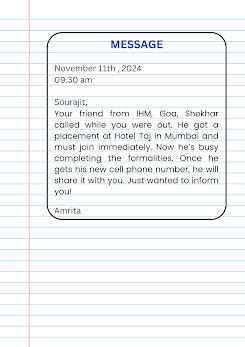BENEFITS OF SPEAKING ENGLISH
Speaking English offers a multitude of benefits, including improved career prospects, access to a wider range of educational and cultural resources, and enhanced communication skills. It also boosts confidence, opens up travel opportunities, and facilitates interaction with a diverse global community.
Here's a more detailed look at the advantages:
Career and Education:
Enhanced Job Opportunities:
English is a global language, and proficiency in it significantly increases job prospects, especially in multinational companies and international organizations.
Access to Higher Education:
English fluency provides access to a vast array of academic resources, including research papers, online courses, and international universities.
Increased Earning Potential:
Studies show that individuals fluent in English often earn higher salaries.
Communication and Culture:
Global Communication:
English serves as a common language for communication across different cultures and backgrounds, facilitating interactions and collaborations.
Cultural Enrichment:
English provides access to a wealth of literature, films, music, and other cultural expressions, broadening one's understanding of diverse perspectives.
Travel Ease:
English simplifies travel experiences by enabling better communication with locals, navigating transportation, and accessing travel information.
Cognitive and Personal Development:
Cognitive Benefits:
Learning English has been linked to improved cognitive functions, including memory, problem-solving, and multitasking abilities.
Increased Confidence:
Mastering English can boost self-esteem and confidence in social and professional settings.
Social and Networking Opportunities:
English proficiency facilitates interaction with a wider range of people, fostering social connections and professional networking opportunities.
































